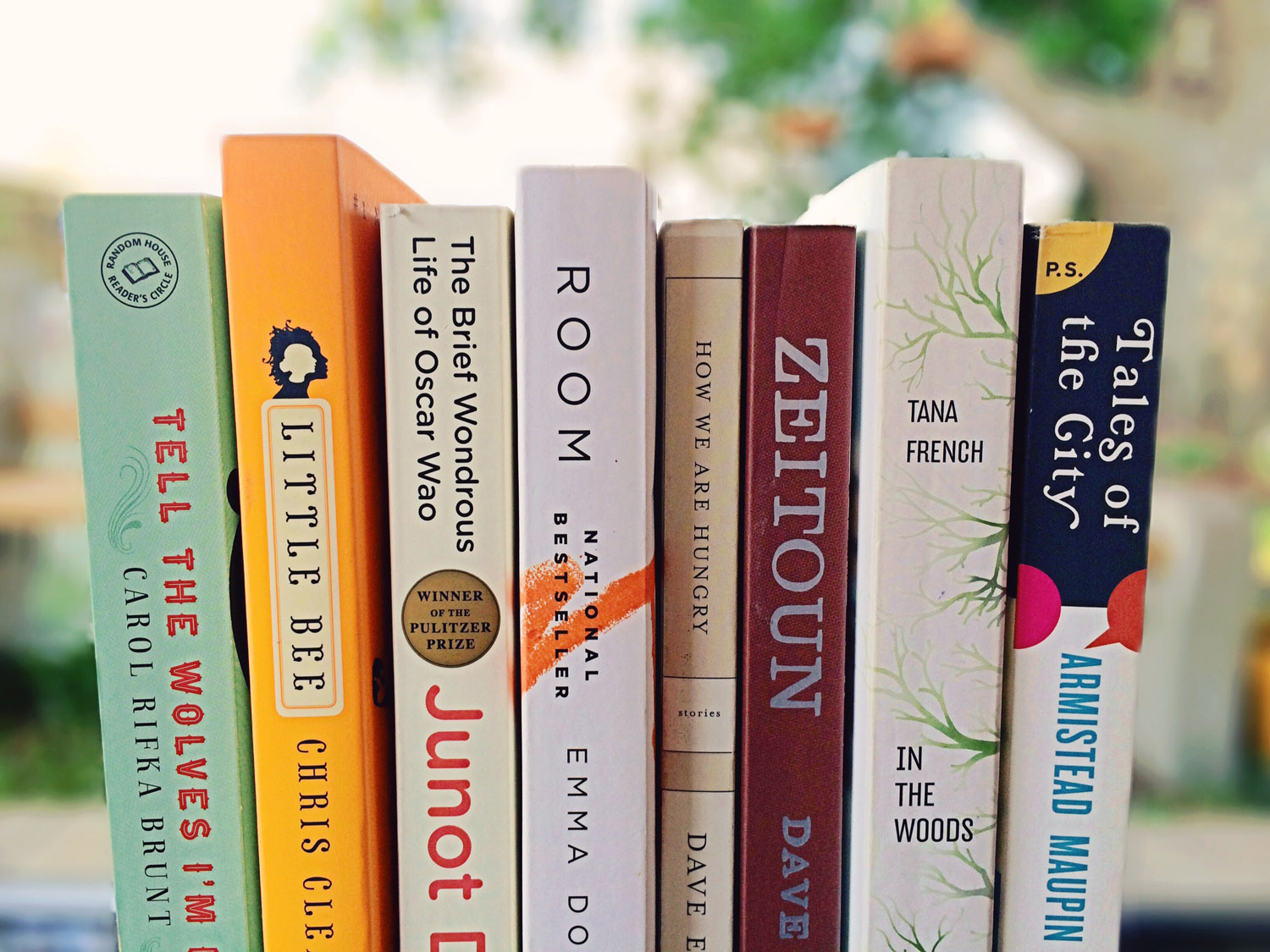
Jayna Gugliucci, a Television and Digital Media major, is in her first year as Managing Editor for The Montclarion.
Imagine sitting on a blanket in the middle of a park, the warm autumn sun playing on the leaves in the sky and an ancient tree keeping you shade as you flip through the pages of a classic adventure story. Between your fingers, the pages feel as thin as the air around you.
Now, imagine sitting at home on the couch, the air conditioner buzzing in the background and the fluorescent lights from above glaring off the screen as you read through the same story on the tablet in front of you. On your lap, the device becomes warmer as the battery runs.
Though in both scenarios, the words of literature are identical, the experience certainly is not. While one offers the serene and traditional tale of searching through the past to find the heart of the story, the other lends a cold and methodical approach to browsing through a mess of ones and zeros to decode a series of letters that then form the words of a story.
In short, the solution the digital era has presented to the timeless pastime of literature does not quite live up to the expectations of those who grew up surrounded by excursions to the local library and shelves of colorful books in the classroom.
Instead, technology has only worked to create a rather inferior method of delivering a service that quite evidently exists: book distribution. Though the popular decision of purchasing a tablet can be supported by its convenient size and weight, cheaper e-book prices and storage capacity, the emotional comfort a physical book provides simply does not exist.
For many, the bright light beaming form the screen can strain the eyes. For others, the absence of a visible representation of how many pages they’ve read in three hours can be unsettling. For some, learning to understand yet another piece of technology can be a burden.
With the evident issues of the digital answer to the traditional library or book store, it is no wonder the purchase of e-books has only fallen since the beginning of 2015. According to the Association of American Publishers, which collects data from nearly 1,200 publishers, “E-book sales fell by 10 percent in the first five months of this year” and will only continue to do so.
Meanwhile. The New York Times reported that a number of publication companies have been actively expanding their physical distribution centers to match the demand for copies of their best sellers. In 2014, Penguin Random House “invested nearly $100 million in expanding and updating its warehouses” which included adding “365,000 square feet to its warehouse in Crawfordsville, Ind.” In the next year, “Simon & Shuster [will be adding] 200,000 square feet to its distribution facility in New Jersey,” while other companies are following in their footsteps.
In defense of print, countless coffee shops doubling as book stores have been opening around the country and even overseas. Popular to literature enthusiasts of all ages, these small businesses have been earning attention and attracting more customers than they could have ever hoped in an age seemingly dominated by digital alternatives. However, the success of these stores only demonstrates the importance of the physical element of not only reading a story, but also of books themselves.
So the next time you go to turn to a novel as an escape from reality, think of the experience you want to have while doing so; would you rather sit home in a darkened room with a stiff, confining tablet on your lap or would you rather be inside a small shop with a homemade latte and a crisp, page-turning book on the table in front of you? The answer, of course, is simple.



